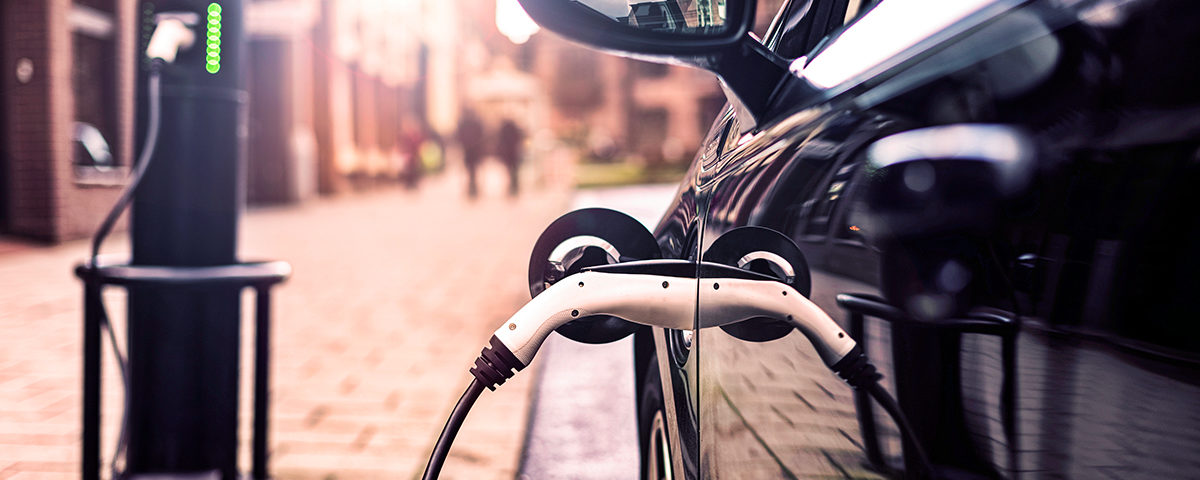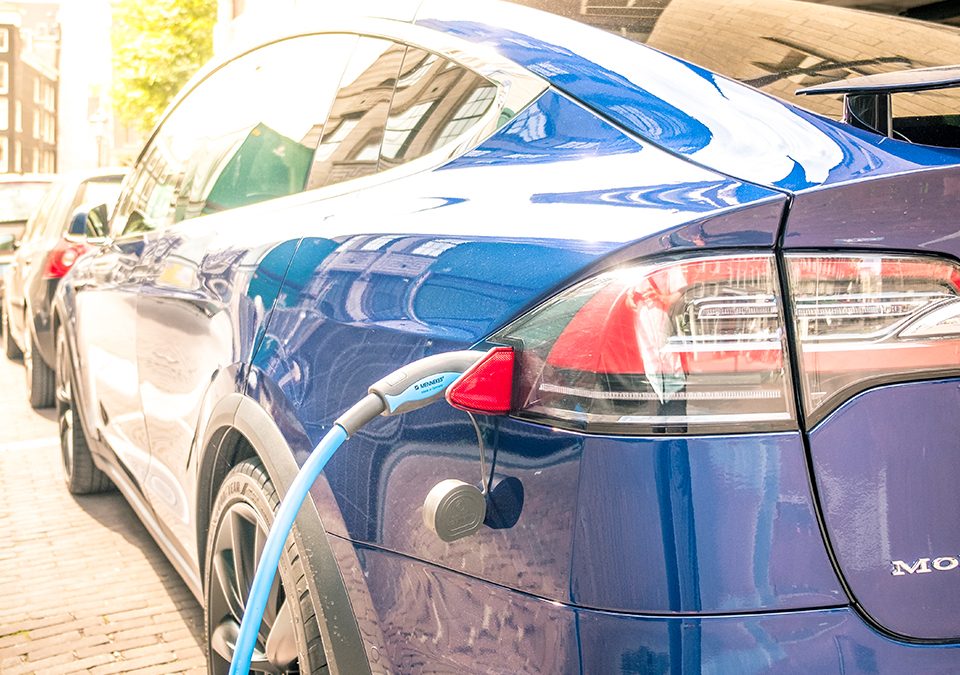Driving an EV: The Promise and Hazards

Springing Forward on Fuel Diversity
March 16, 2018
Kentucky Net Metering Horserace Helps Consumers
March 23, 2018
PACE is honored to feature guest commentary by Commissioner Chuck Eaton, of the Georgia Public Service Commission.
I love technology and innovation and consider myself an early adopter. I could not wait to get an Apple Watch, and I purchased a Chevy Volt back in 2012 after extensive analysis. As an energy regulator in Georgia, I see both the upside and downside with electric vehicles.
Here’s what I mean.
Let’s start with the grid - one of my daily concerns. Electric cars actually help our grid in Georgia. Our Commission worked with the power company to create a special time-of-use electric rate just for EV owners. These customers, by shifting usage during the night time hours, help our system run more efficiently and save themselves money.
In fact, a surveyed group of 1,000 of these EV drivers show that they shifted 11 percent of their energy usage to the overnight hours when the grid has excess supply. Furthermore, by shifting to off-peak, these customers reduced their annual bill by $180. What we learned - they were waiting until 11:00 pm, when the super-off-peak rate starts, to do laundry and crank the AC down.
The local economy gets a boost from the purchase or lease of an EV too. According to a GreenLink Group analysis of information from GDOT, USDOT, the Energy Information Administration, and the Bureau of Labor Statistics, every 1 percent of petroleum-based miles traveled in Georgia displaced by an electric vehicle means approximately $109 million remains in the state annually. To break it down by vehicle, each pure electric vehicle purchased keeps $1,455 annually in the state by fueling with electricity.
On a hot summer day, smog is visible to everyone in Atlanta; luckily, electric vehicles improve air quality. Even though a car may actually be running on coal or natural gas, today’s fossil plants are very clean. Many studies show the overall positive environmental impact of zero tailpipe emissions.
On the negative side, we have all heard about range anxiety. That’s why I went with the Chevy Volt instead of the popular Nissan LEAF. My VOLT has a gas generator that keeps me going when my range is low. Unfortunately, the cars, despite federal and state tax credits, are still financial losers for manufacturers because of economies of scale.
If UBS is right, it will take quite a while for this to change. Their lab report predicts that by 2025, only about 5.1 percent of US car sales will be electric (fully or partial). The same report predicts Europe at 30.6 percent, China at 15.5 percent, and Japan at 13.3 percent.
Still, both British Petroleum and Shell are investing in electric vehicle infrastructure. The change is coming, but slowly, as the data seems to indicate. When it does come, we’ll need batteries and lots of them. In the UBS scenario, EV penetration would require 14 Tesla “Gigafactories” to meet cell demand. With that kind of volume, most people believe that we’ll see battery chemistry break-throughs bringing the price even lower. A similar phenomenon has happened with solar cells and panels.
Meanwhile, companies like UPS are figuring this out as well and adding electric delivery trucks to their fleet in locations where it makes sense. Atlanta has its first EV taxis, and Atlanta’s Dentons law firm is has created a new, groundbreaking AV practice group.
All in all, Electric Vehicles are having an impact, and working together, we need to get ready for larger impacts in the future.
Online recommendations
- Casino Non Aams
- Slot Sites UK
- Non Gamstop Casino
- UK Online Casinos Not On Gamstop
- UK Online Casinos Not On Gamstop
- Casino Sites Not On Gamstop
- Online Casinos
- Best Non Gamstop Casinos
- Non Gamstop Casino Sites UK
- Non Gamstop Casinos UK
- UK Betting Sites Not On Gamstop
- Casinos Not On Gamstop
- Non Gamstop Casinos
- Non Gamstop Casinos
- Best Non Gamstop Casinos
- UK Online Casinos Not On Gamstop
- Casino Sites Not On Gamstop
- Non Gamstop Casino
- Casino Not On Gamstop
- Casinos Not On Gamstop



